Surface Book 2 hands-on review
Microsoft's second-generation flagship notebook impresses

Microsoft has released the new Surface Book 2 in the UK today but IT Pro managed to get a peek at it two weeks ago at Microsoft's Future Decoded conference in London. We looked at Microsoft's latest addition to its hybrid laptop range to see if the company could improve on its winning design we saw in the last Surface Book. With this in mind, don't expect too much to be different between the first and second-generation Surface Book.
To attract users to the Surface Book 2, Microsoft has played on a strength widely associated with the Surface range; customer choice. It's not only received a hardware upgrade but it's also available as a 13in and 15in model. Microsoft thinks this will delight customers who are looking for something light and easy to carry as well as those who prefer having a bigger screen to work with at a desk.
The Surface Book 2 fits snugly into Microsoft's wider strategy of manufacturing premium devices that cater for every type of user. Microsoft admits that the strangely-positioned Surface Laptop received a mixed response but thinks its newer sibling will appeal as a more powerful alternative to the Surface Pro.
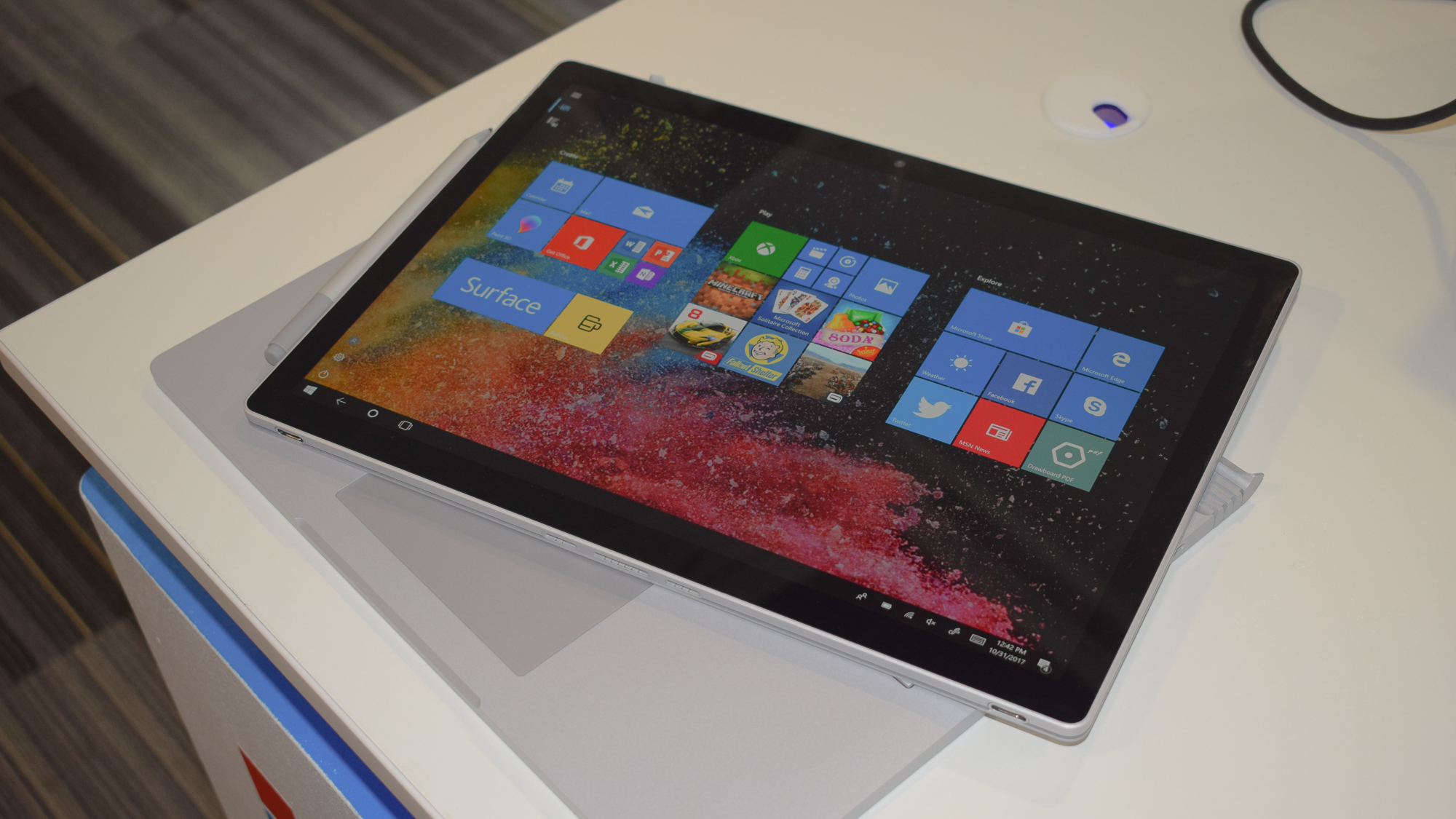
The most obvious change with the Surface Book 2 is the choice of sizes. The 13in version has near identical dimensions to the previous generation, while the new 15in model offers a larger screen to work with. However, other than the larger size, the screens have more or less been left untouched. Interestingly the contrast ratio has been knocked down a touch to 1600:1, but this is unlikely to make much of a difference.
In fact, very little has changed on the exterior, and if you're a Surface Book owner, you'll struggle to find many differences. The keyboard keys still sit flush with its base, rather than having an indented outline, which gives it a gorgeous effect of being one solid chunk of matte aluminium. The typing experience is just as pleasant and accurate as it is on the first generation, and, true to Microsoft form, the touchpad is superb.
The fulcrum hinge, which has become arguably its most recognisable feature, makes a return, although Microsoft confirmed it had been reinforced on the 15in model to support the extra weight. Unfortunately, you're still required to let the device know when you plan to detach the screen from its keyboard, otherwise you risk forcing some incompatible apps into an error state. It's a niggling problem that will remain jarring for those used to the fluid transition between tablet and laptop found on the Surface Pro.
Interestingly, Microsoft appears to have buckled under the weight of demands for USB-C, which now replaces the mini DisplayPort of the Surface Book. Microsoft has typically been reluctant to embrace USB-C, and according to Microsoft's marketing team, this will remain a policy until the technology sees greater regulation. It's a confusing message given that USB-C was missing from the recently launched 5th-gen Surface Pro, and it's likely Microsoft is simply testing the waters.
Get the ITPro daily newsletter
Sign up today and you will receive a free copy of our Future Focus 2025 report - the leading guidance on AI, cybersecurity and other IT challenges as per 700+ senior executives
It's also important to note that the Surface Book 2's USB-C ports use the plain old USB 3.1 connection standard, rather than Thunderbolt 3. This means that they can't be used to connect an external monitor and the data transfer rate is capped at 5Gbps, although it can be used to charge the laptop.
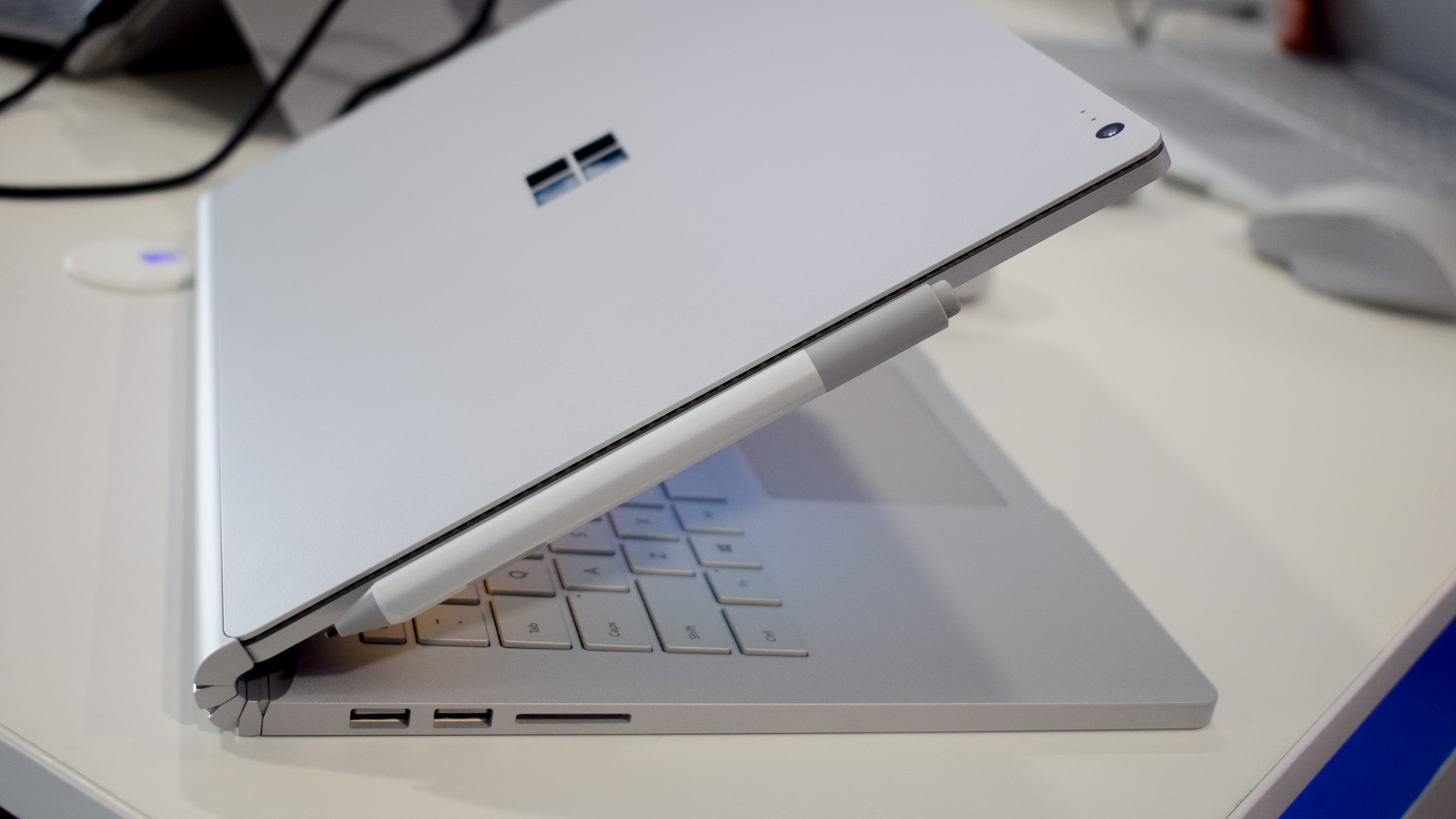
It's biggest problem remains its weight. At just over 1.5kg in its laptop form, it's fractionally heavier than its predecessor and therefore still a little uncomfortable to carry around. The good news is that the tablet screen is incredibly light, which is understandable given that most of the battery capacity, and its dedicated Nvidia GPU, are located in the keyboard.
Its processor, on the other hand, is built into the screen. The top end configuration uses an 8th-gen Intel quad-core i7-8650U, which makes it one of the most powerful devices of its form factor on the market.
What was slightly concerning was the reported battery life for the Surface Book 2 in tablet form. The majority of the battery capacity has been built into the keyboard, along with the dedicated Nvidia GPU, which means you get a reported 17 hours of battery life. However, once detached, Microsoft estimates you'll get just 5 hours of video playback. Admittedly this is still almost double the performance of its predecessor's tablet form, but it's still a little disappointing.
Alongside the Surface Book 2, Microsoft is also releasing a new mouse - and this thing is truly gorgeous. Unlike the angled shape that inspired the Surface Pro mouse, Microsoft has opted for a familiar ergonomic design that's proved incredibly popular among gaming companies. This shape, along with a wonderfully smooth surface texture, means it sits beautifully in the hand - it's by far the best mouse to come out of Redmond in recent years. It also features multiple function buttons and the nifty ability to sync with up to three devices, meaning you can swap between screens without having to screen-share.
Microsoft are selling four different version of the device, which change depending on which processor, internal memory and RAM you prefer. The Surface Book 2 starts at 1249 (all prices exc. VAT) and nets you 256GB of memory, an i5 Intel Core and 8GB of RAM. Adding an i7 processor will put you back to 1665.
If you want 512GB of memory and 16GB RAM it's going to be 2082.50 or 2499 if you want 1TB of memory. Both of these options come with the i7 processor.
If first impressions are correct, this is arguably Microsoft's finest Surface device. It builds on everything that made the original Surface Book a stellar machine, but creates added choice for users who want a slightly larger display. We will of course need to put the device through rigorous benchmarking before we can make a full assessment, but if Microsoft's claims are correct, you're getting 17 hours of battery life from a seriously powerful machine.
Microsoft is on a roll with its hardware, and the Surface Book 2 looks set to continue that. There's simply very little on the market that can come close to the mobility, power, and functionality that the Surface Book promises to provide.
Images: Roland Moore-Colyer
Zach Marzouk is a former ITPro, CloudPro, and ChannelPro staff writer, covering topics like security, privacy, worker rights, and startups, primarily in the Asia Pacific and the US regions. Zach joined ITPro in 2017 where he was introduced to the world of B2B technology as a junior staff writer, before he returned to Argentina in 2018, working in communications and as a copywriter. In 2021, he made his way back to ITPro as a staff writer during the pandemic, before joining the world of freelance in 2022.
-
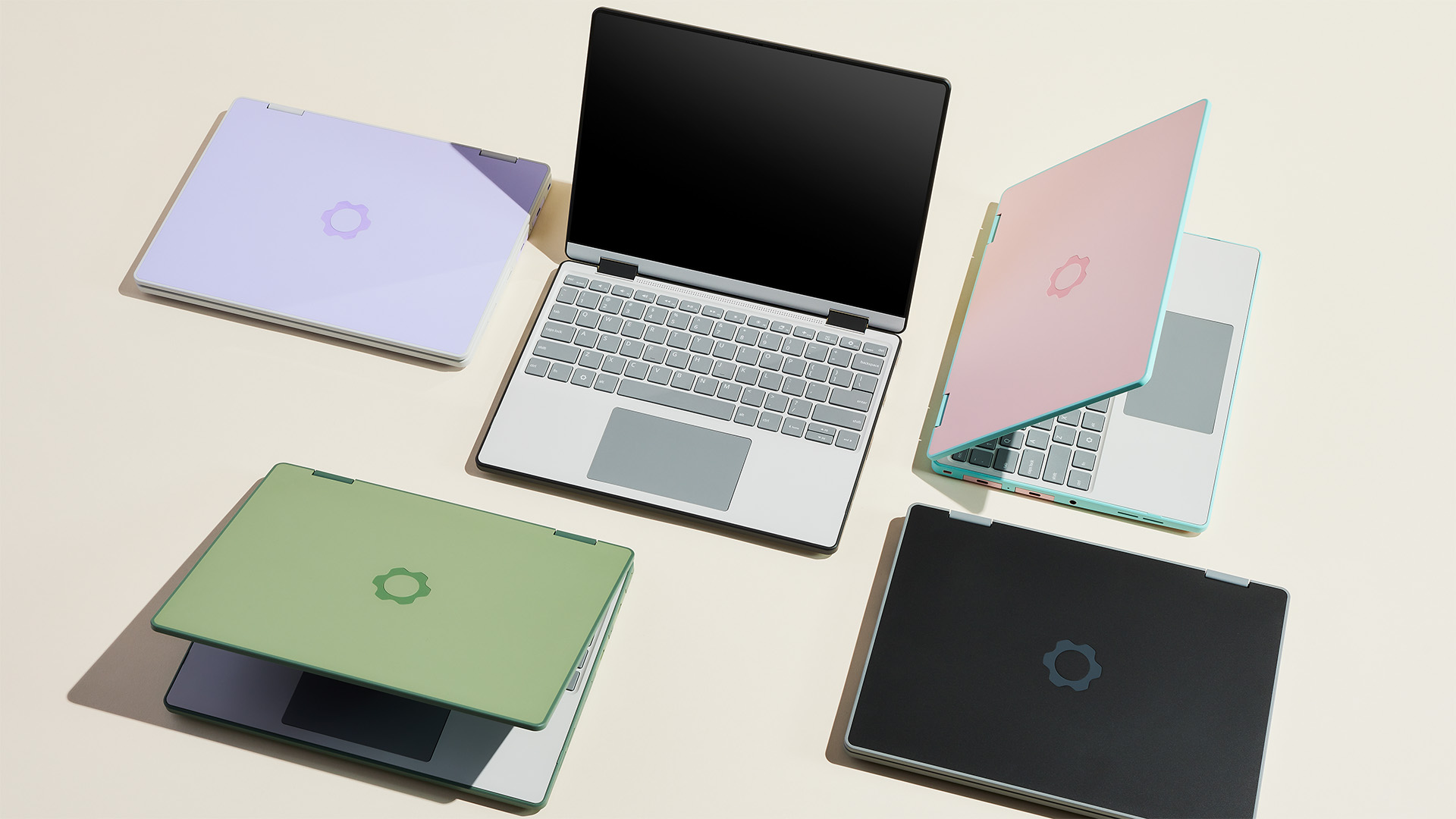 ‘We would have to sell the lowest-end SKUs at a loss’: Framework says it’s ‘temporarily pausing’ some US laptop sales amid tariff disruption
‘We would have to sell the lowest-end SKUs at a loss’: Framework says it’s ‘temporarily pausing’ some US laptop sales amid tariff disruptionNews Modular laptop designer Framework says it is “temporarily pausing US sales” in response to the disruption caused by US tariffs on Taiwanese imports.
By Ross Kelly
-
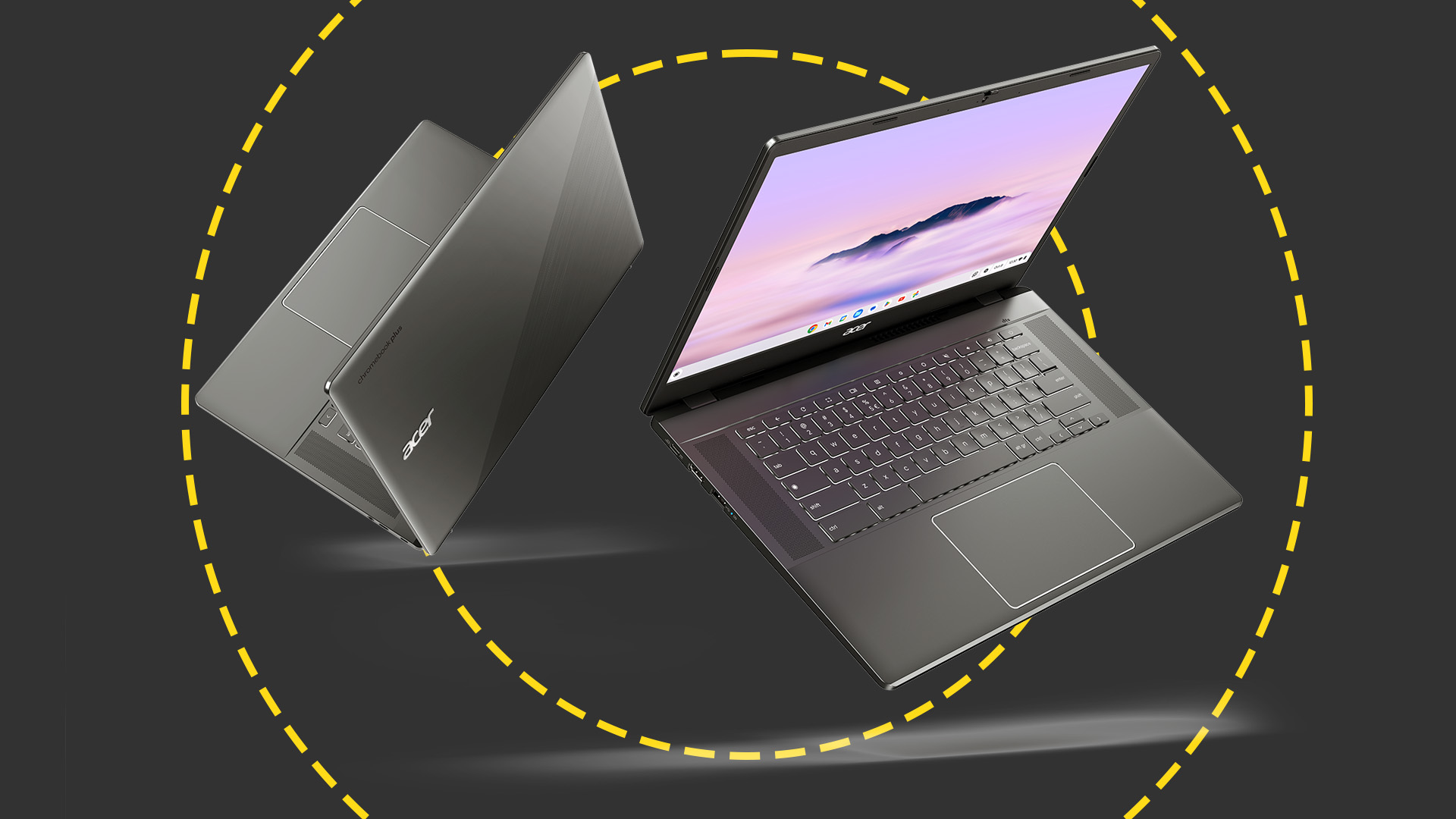 Acer Chromebook Plus 515 review: A brilliant big-screen workhorse for tight budgets
Acer Chromebook Plus 515 review: A brilliant big-screen workhorse for tight budgetsReviews Compromises have been made to stay in budget, but the Plus 515 makes sense as a hard-working, cost-conscious Chromebook
By Stuart Andrews
-
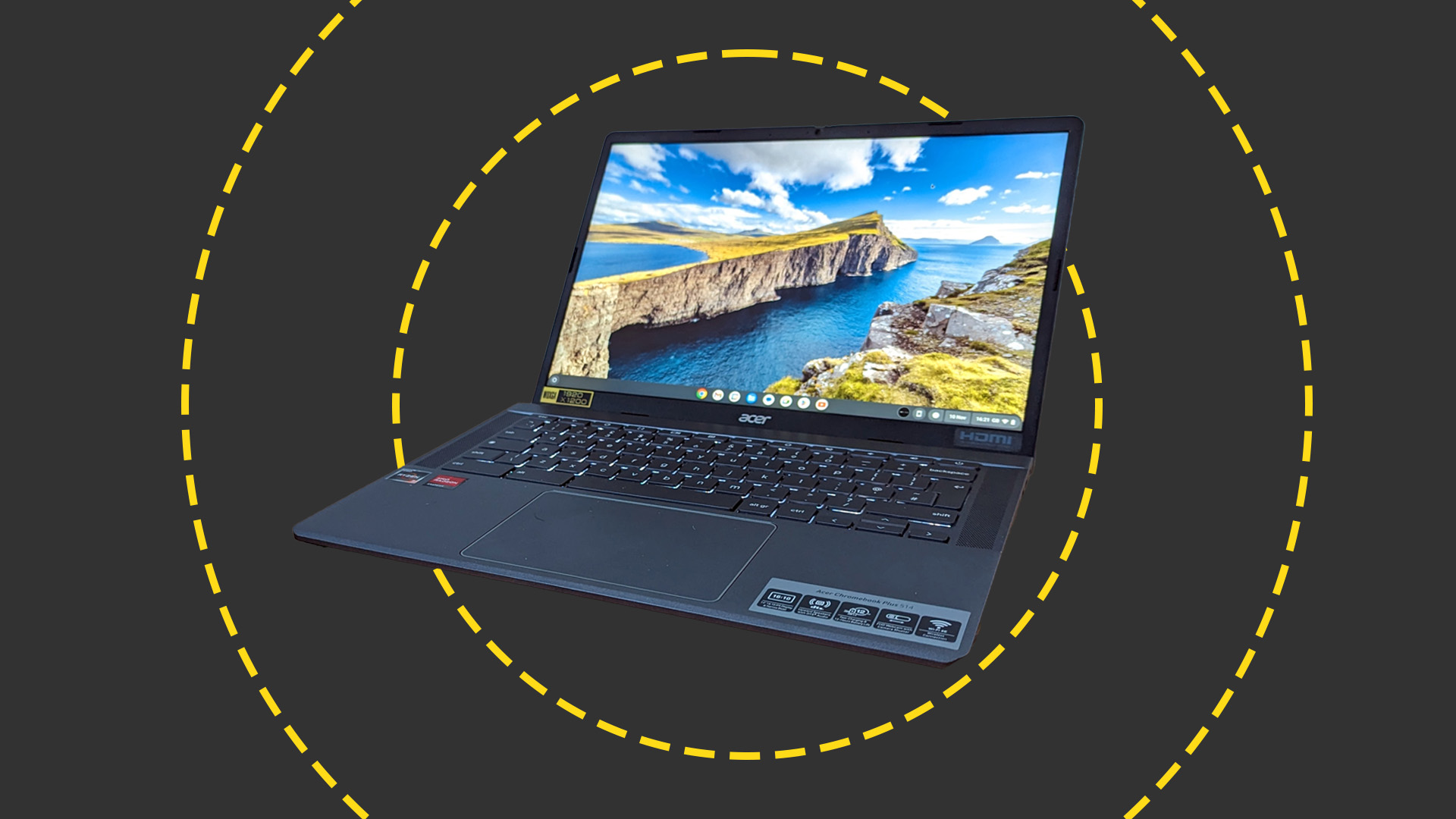 Acer Chromebook Plus 514 review: A better class of budget Chromebook for business use
Acer Chromebook Plus 514 review: A better class of budget Chromebook for business useReviews The Chromebook Plus 514 is a solid, speedy Chromebook on a limited budget
By Stuart Andrews
-
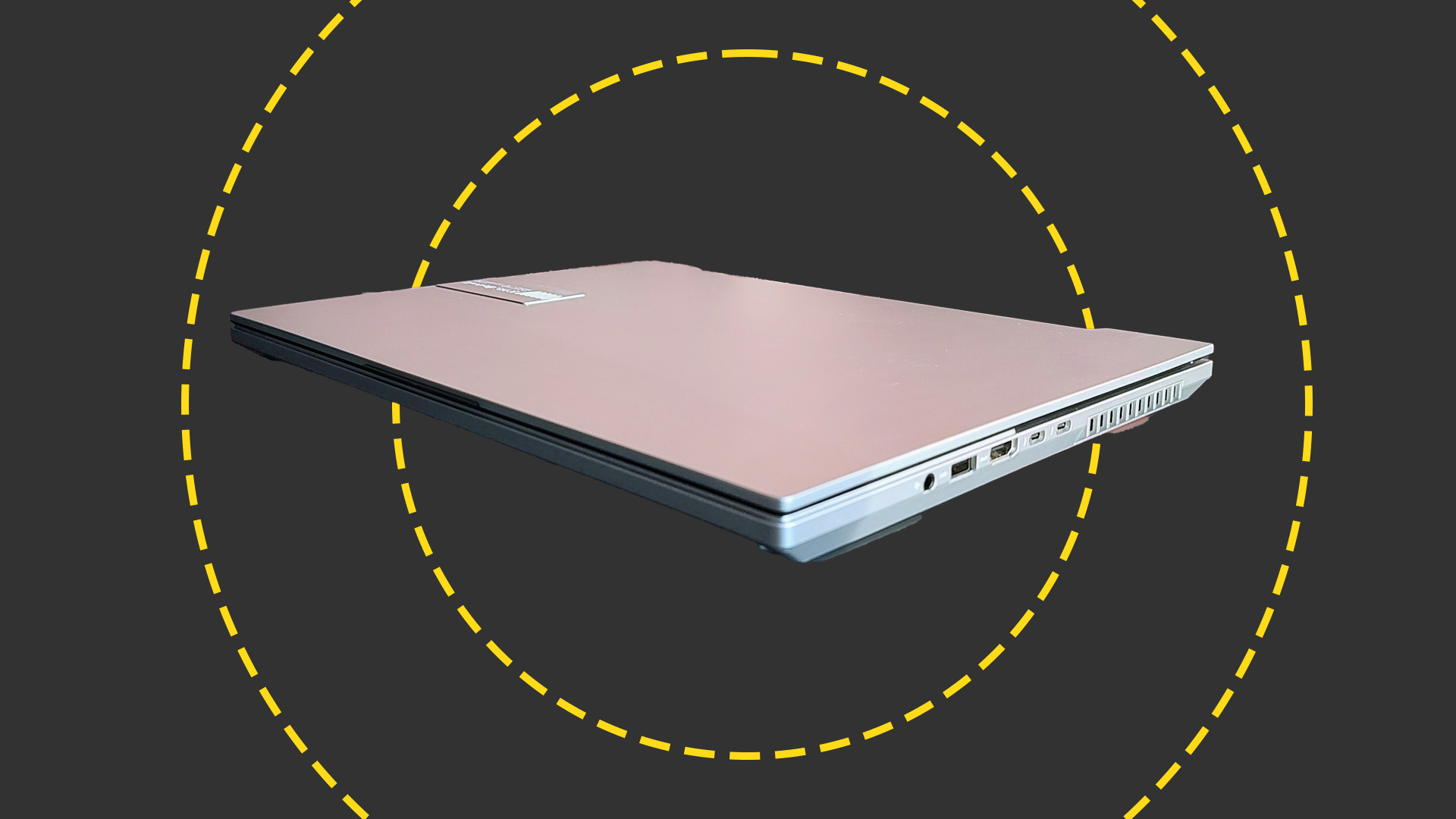 ASUS Vivobook Pro 16X OLED (K6604) 2023 review: An extraordinary omnicompetent laptop
ASUS Vivobook Pro 16X OLED (K6604) 2023 review: An extraordinary omnicompetent laptopReviews If there's a task the new Vivobook Pro 16X can't do well, and quickly, we can't find it – it's a jack-of-all-trades par excellence
By Alun Taylor
-
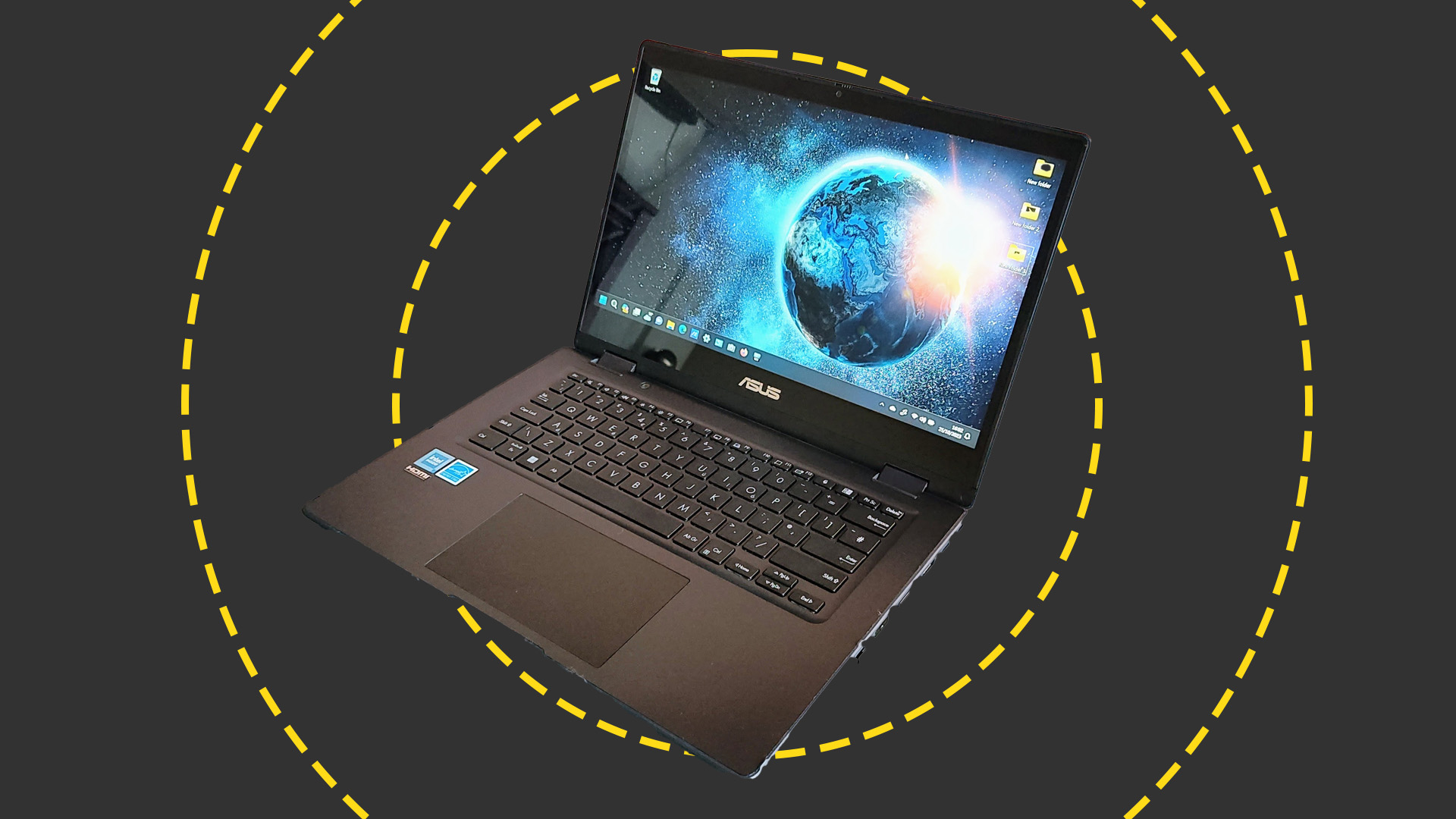 Asus BR1402 review: Rugged modularity for the classroom and workplace
Asus BR1402 review: Rugged modularity for the classroom and workplaceReviews The BR1402 is no powerhouse, but it's versatile, rugged, and crammed with useful features
By Alun Taylor
-
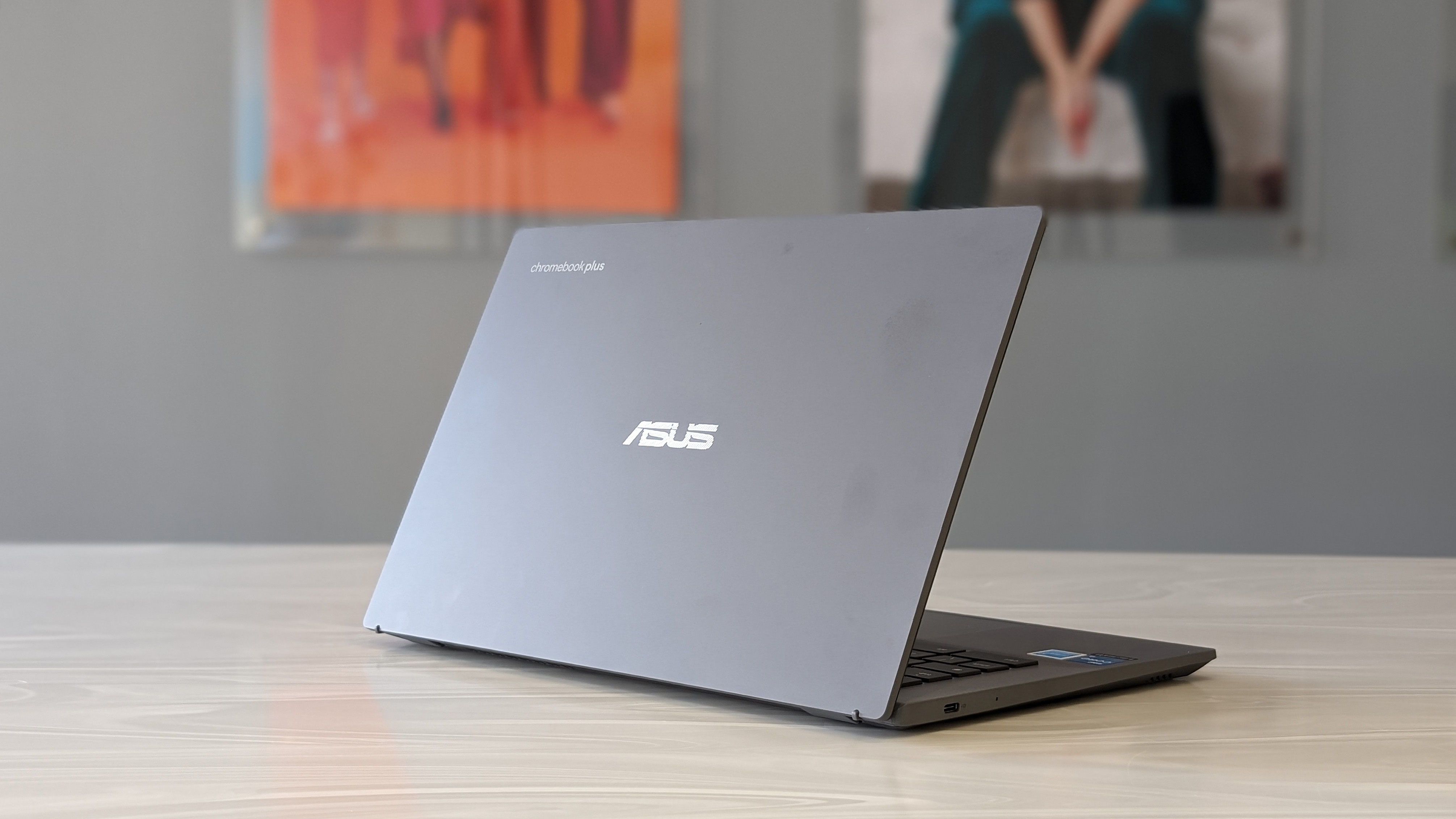 Asus Chromebook Plus CX34 review: i3-powered goodness for students and small businesses
Asus Chromebook Plus CX34 review: i3-powered goodness for students and small businessesReviews The first of a new breed of Chromebook, the CX34 is an affordable workhorse
By Bobby Hellard
-
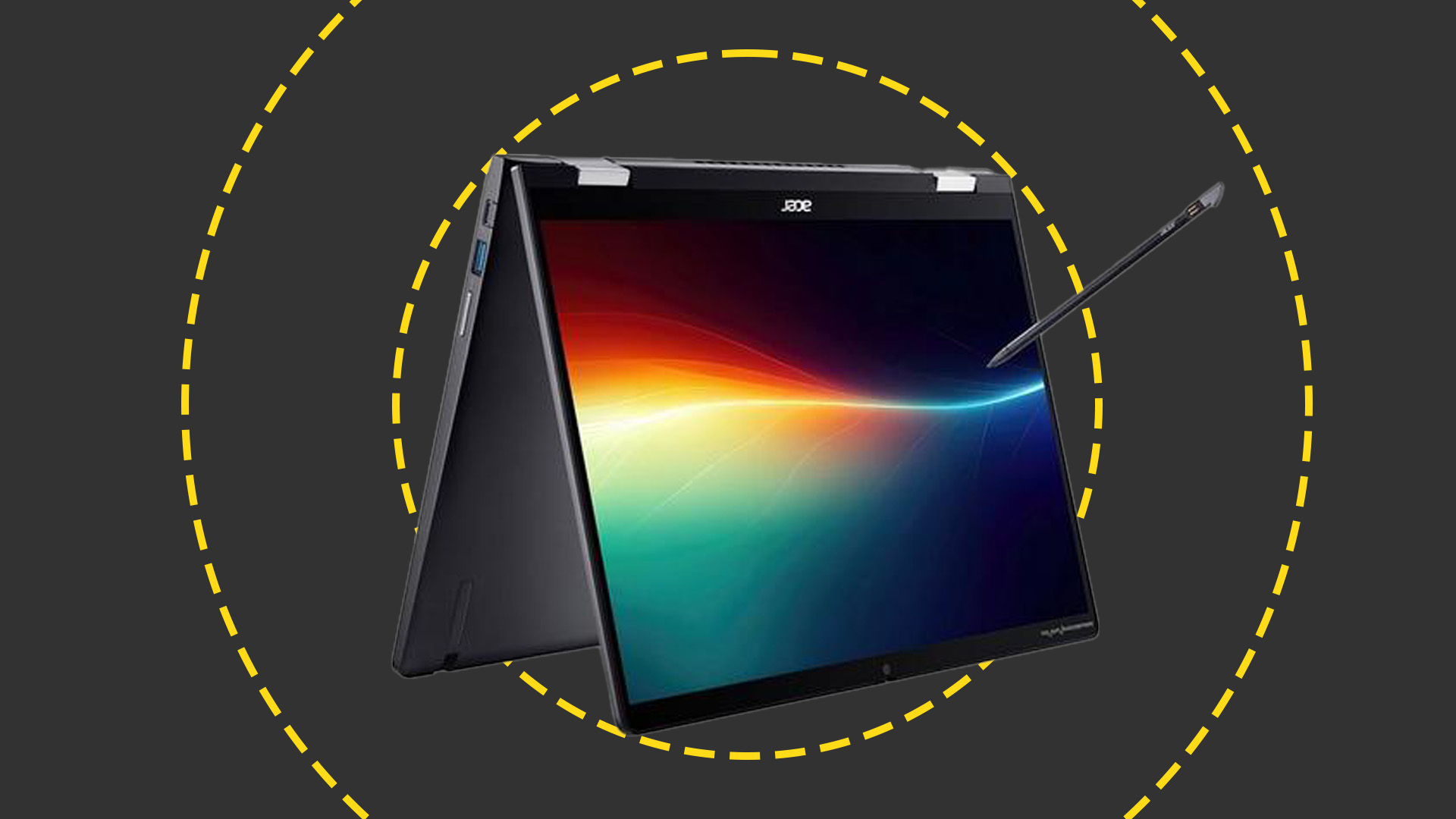 Acer Chromebook Spin 714 review: The best business Chromebook gets a refresh
Acer Chromebook Spin 714 review: The best business Chromebook gets a refreshReviews With a great design, excellent performance and impressive battery life, this is the new business Chromebook to beat
By Stuart Andrews
-
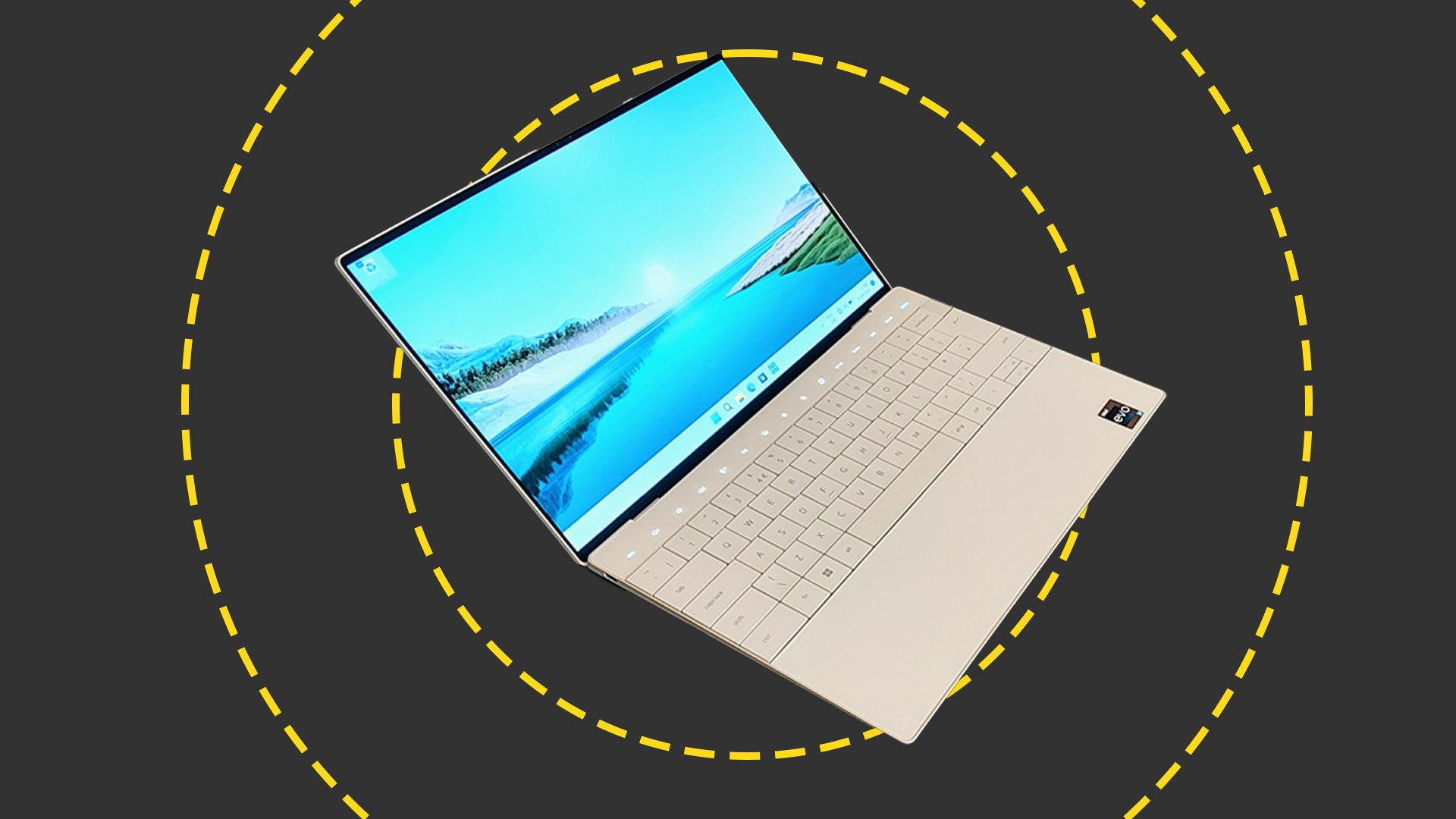 Dell XPS 13 Plus (2023) review: A design classic
Dell XPS 13 Plus (2023) review: A design classicReviews Dell's latest premium compact combines an outstanding OLED display with a unique keyboard design
By Alun Taylor

